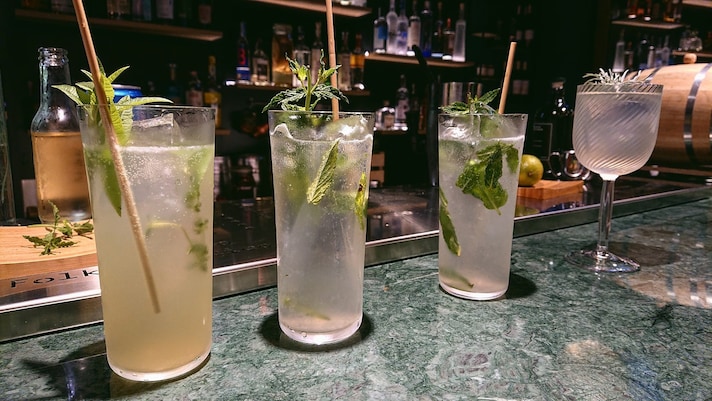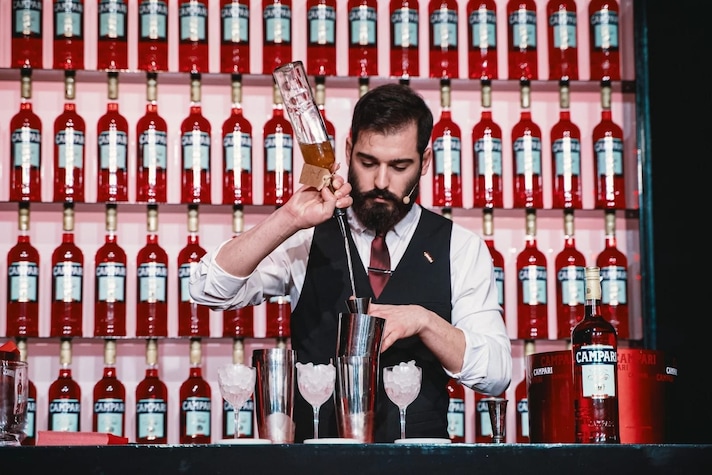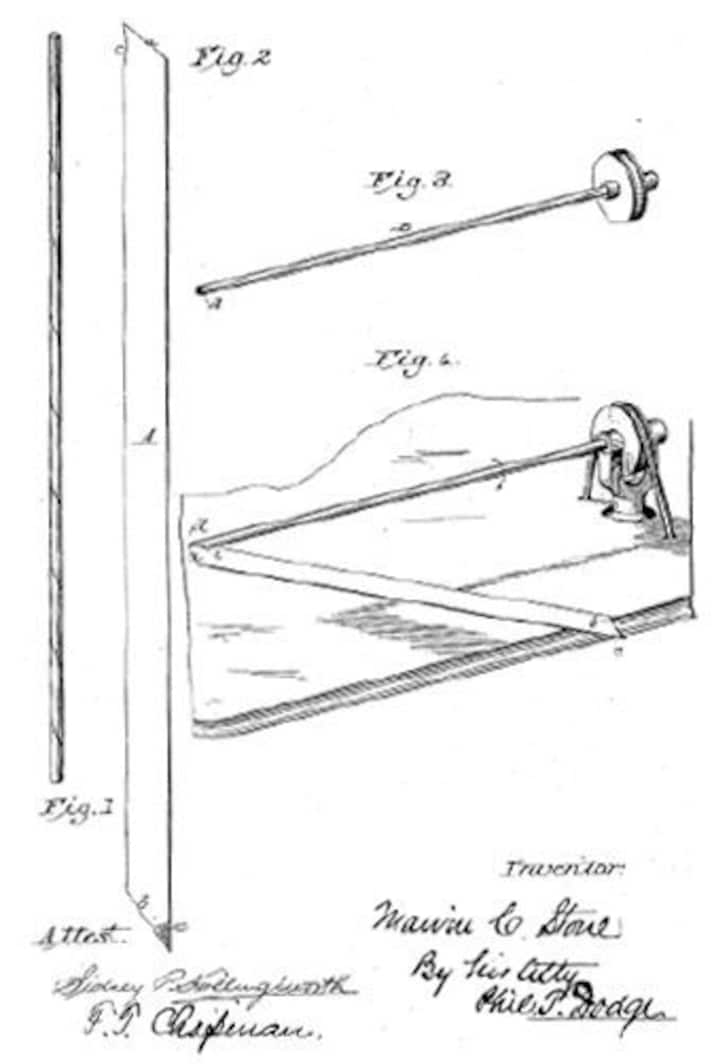
A new wave of sustainability is sweeping across Europe, and one of its latest targets is the humble plastic straw. With a recent European Union directive banning many single-use plastic items, straws—once a staple in bars and cafés—are disappearing from the scene. It’s a move backed by eye-opening data: in Italy alone, 2 billion straws are used annually, and in 2018, they ranked among the top ten most common pollutants on the country’s coastlines. But here’s the twist—according to seasoned bartenders, straws were never truly essential in the first place. Except for a few classic cocktails that call for crushed ice, straws are more of a convenience than a necessity. In fact, for the best tasting experience, going straw-free is the way to go.
When Did Straws Come Into Cocktails?
Let's start with some good news: straws in cocktail bars are becoming extinct. The trend is well established, but we often see these brightly colored glasses filled with alcohol on social media, complete with a straw, or even two, perhaps even a matching umbrella, and some fruit for good measure. It's a gesture that takes us back to childhood, as we often encounter straws as kids, whether in processed fruit juices, fast food, or simply out of childish curiosity. Yet the straw is ancient and closely linked to the world of cocktails: a discussion that's anything but childish.

The history of the straw begins 5,000 years ago, during the time of the Sumerians: straws made of gold and precious stones. According to archaeologists, they were used to drink the first beers in human history, much thicker and cloudy than those produced today. The straw also allowed them to avoid the bitter particles that often settled to the bottom, a bit like what happens with many homemade wines. Curiously, during the same period, native Argentinians also created a type of straw, made from wood, called a bombilla, used to drink mate, a delicious herbal infusion typical of South America.
Nothing more is known about straws until the nineteenth century: the Egyptians made an excellent beer, very similar to contemporary beer, which didn't require a straw at all; in Argentina, wooden straws continued to be used, but mate didn't find its way into the hearts of the conquistadors and was practically unknown outside the country. In the Old Continent, only Sumerian straws made of gold and precious gems were known, but who could or wanted to afford such a useless luxury? No one, and in fact, they disappeared until 1888.
In Europe and the United States, around the middle of the century, the trend for soft drinks began, and many people used straws made of rye grass to drink them. Before deciding whether or not it's right to use a straw, we should understand why it was invented. The straw, fundamentally, is a bypass between the liquid and the mouth, and in the years of its invention, it was the best method for avoiding pain and discomfort for people who, lacking our culture of oral hygiene, suffered greatly when ice and cold liquid came into contact with their teeth (or what remained of them)."

The problem with rye straws, however, is simple: they turn to mush and change the flavor of drinks, usually for the worse, not to mention that the grass tends to crumble, getting caught between your teeth.
Legend has it that Marvin C. Stone, the inventor of the modern straw, created it while sipping a mint julep—a terrible mint julep. This gentleman was working in a factory making paper tubes used to hold cigarette tobacco when he had a brilliant idea that would change his life forever, and change the lives of all of us. In a moment of pause, he created a more resistant tube by wrapping numerous strips around a pencil. He even calculated the diameter, 2.5 centimeters, so as not to get stuck in the lemon seeds that could fall into the primordial drinks. People welcomed this innovation with joy, but the paper straw didn't last long because no matter how thick it was, it still lost its consistency in the liquid.
Stone wasn't intimidated by the challenge and coated the straw with paraffin, the kind of "wax" you find around many commercial cheeses, which not only makes it waterproof but also makes it exclusive. Paraffin straws are handmade —no easy feat, a true work of craftsmanship—and therefore cost money.

As luck would have it, in 1906, Marvin C. Store patented a paraffin-coiling machine at his factory, the Stone Straw Corporation, still America's leading straw manufacturer. This invention went far beyond the use of straws: in 1928, American electrical engineers recognized the transferability of this knowledge and coiled tubes into the first mass-produced radios. This machine would find application in virtually every field over the years, from automotive to aerospace, from pyrotechnics to medicine, and much more.
Another important turning point came in 1936 in San Francisco, thanks to a father's love for his daughter: little Judith, Joseph Friedman's daughter, couldn't drink her milkshake from a straight straw, so father Joseph took a screw, inserted it into the tube, ran dental floss around it, and removed the whole thing. He thus created the first bendable straw. During the economic boom years, plastic arrived, which colored straws, making them cute, appealing, and irreplaceable.
Let's talk about consumer society, the first dinners, the smoothie from Pulp Fiction. Remember? Uma Thurman tastes it with a straw and says, "Wow, this smoothie is really good. I don't know if it's worth five dollars, but damn, it's really good." When John Travola tries it, he takes the straw away from her. This happened often during this period, between the 1970s and 1980s, because awareness of communicable diseases was beginning to develop, and so another solution came along: the double straw. Consumerism linked to the use of this product, to the throwaway culture.
From there, the straw became all the rage, doubling in popularity, some say due to a shared agenda. Even today, especially among younger customers, mixology is still associated with the nightclub scene. Fortunately, awareness is growing, and more and more people are now avoiding the request altogether.
Alternative Straws
Today, a straw isn't a necessary necessity when we go for a cocktail, but it is closely linked to drinks like the Sherry Cobbler, for example, which, without it, would be difficult for us to drink. Today, with the ban on plastic, the alternatives are the most disparate, from glass to steel, from pasta to bamboo. Each of these has pros and cons; they are all materials that in one way or another change the taste, or at least the sensation, of what we are drinking. For this reason, a straw should only be used when strictly necessary.
The Problems Between The Straw and Cocktail Tasting
The straw takes away something from the drink's olfactory experience. The distance between your mouth, nose, and glass is greater, so you don't perceive many of the cocktail's aromas. According to bartenders the "straw issue" is closely linked to the "tasting issue."
Indeed, one of the basic rules of a good drink is the explosion of aromas and the freshness of flavor: one of the most beautiful sensations in food and wine is that cold glass that kisses our lips before the explosion of flavors. Building a good drink is very similar to building a good dish, so balance is essential.
A tasting tip to understand balance: the moment you feel the alcohol overpowering the other elements, at that precise moment the drink is already out of whack . "Smelling alcohol" is also done with the sense of smell, and the straw deprives the drinker of the experience which, especially if the cocktail is well-made, is a true pleasure. Perceiving notes of straw, hay, and wood in a cocktail with whisky, for example, is one of life's pleasures; let's not deprive ourselves of it just because we want to avoid putting our mouth to the glass.
The key is to believe and trust your palate. Many people think they can't tell one gin from another (for example), but in reality the difficulty lies only in the description, in the use of words. If you tried a series of different gins and concentrated, we're sure that, each in their own way, you would be able to recognize the difference. It's something very personal, almost instinctive. Continuous tasting and study lead to the perfecting of your vocabulary, but the sensations are already within us. It's no coincidence that great tasters, especially of wine, beer, and coffee, spend a lifetime trying to understand which words are best able to attenuate the differences between sensations.
;Resize,width=767;)
